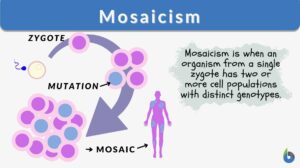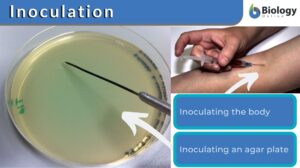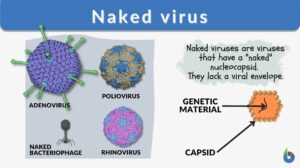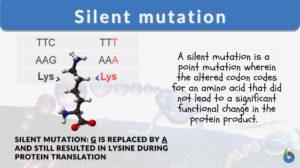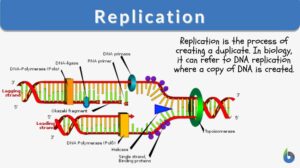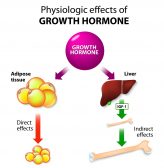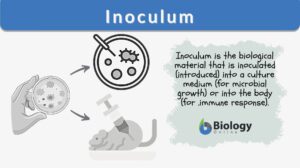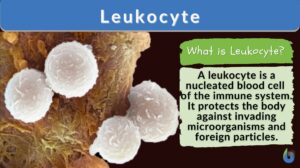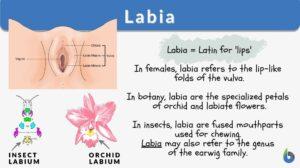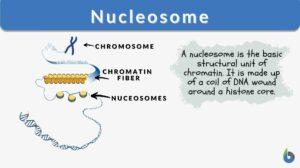Search Results for: minor
Circulus arteriosus iridis minor
Circulus arteriosus iridis minor --> lesser arterial circle of iris An arterial circle near the pupillary margin of the... Read More
Portio minor nervi trigemini
portio minor nervi trigemini --> motor root of trigeminal nerve (Science: anatomy, nerve) The smaller root of the... Read More
Curvatura ventriculi minor
Curvatura ventriculi minor --> lesser curvature of stomach The right border of the stomach to which the lesser omentum is... Read More
Incisura ischiadica minor
Incisura ischiadica minor --> lesser sciatic notch The notch in the posterior border of the ischium below the ischial... Read More
Kidney calices
Definition noun, singular: kidney calyx Funnel-shaped structures that allow passage of the urine from the ducts of the renal... Read More
Inoculation
Inoculation Definition In Immunology, inoculation is defined as the process of introducing an antigenic substance or... Read More
Community (biology)
Community, in biology, refers to the assemblage of interacting organisms (either of the same or different species)... Read More
Polygenic inheritance
Polygenic inheritance refers to the kind of inheritance in which the trait is produced from the cumulative effects of many... Read More
Naked virus
Viruses are infectious entities with size ranges between 20 to 400 nanometers. The mammoth-sized virus would be about the... Read More
Silent mutation
A mutation is a change in the nucleotide sequence of a gene or a chromosome. When there is only one nucleotide involved, it... Read More
Replication
Replication, in the general sense, is to create a copy or a duplicate. Thus, in biology, replication is commonly associated... Read More
Newly Discovered Exploding Ants – Colobopsis explodens
A new ant species, Colobopsis explodens, was recently identified. Similar to other exploding ant species, Colobopsis... Read More
Anatolian leopard
The Anatolian leopard (Panthera pardus tulliana) was once described as a distinct subspecies of leopard native to Anatolia... Read More
Superclass
Definition noun, plural: superclasses (taxonomy) A taxon rank subordinate to a phylum (or a subphylum) and superior to a... Read More
Animal Growth Hormones
Reviewed by: Mary Anne Clark, Ph.D. As mentioned in the previous tutorial, hormones are produced in... Read More
Major groove
Major groove in a detailed analysis of dna structure, there are two types of grooves that can be seen; the major groove has... Read More
Preauricular
Definition adjective Of a part or area located anterior to the auricle of the ear Supplement Preauricular is a descriptive... Read More
Phosphodiester bond
Phosphodiester Bond Definition Phosphodiester bonds are the backbone of the strands of nucleic acid present in the life... Read More
Nucleosome
Nucleosome Definition Every organism is made of deoxyribonucleic acid, also known as DNA. DNA is made up of numerous... Read More
Antagonistic Muscle
Definition of Antagonistic Muscle What does the term “antagonistic” mean? As the name suggests, the word antagonistic... Read More
Papyraceous scars
papyraceous scars --> cigarette-paper scars atrophic scar's in the skin at sites of minor lacerations over the knees,... Read More
Multiple alleles
Alleles are the pairs of genes occupying a specific spot called locus on a chromosome. Typically, there are only two alleles... Read More
Sex-linked trait
Definition of Sex-Linked Traits A sex-linked trait is an observable characteristic of an organism that is influenced by the... Read More
Agglutinin
Definition noun, plural: agglutinins Any substance, usually of biological origin, that causes agglutination or clumping... Read More
Heterochrony
Definition noun, plural: heterochronies Refers to the rate of morphological transformations accomplish by the developmental... Read More
Cyclic adenosine monophosphate
Definition noun plural: cyclic adenosine monophosphates (biochemistry) A cyclic form of adenosine monophosphate that... Read More
Biochemistry & Molecular Biology of Plants
Biochemistry & Molecular Biology of Plants ... Read More
Lymphocyte
Definition noun, plural: lymphocytes The white blood cell of the blood derived from the stem cells of the lymphoid series of... Read More
Base analogue
Base analogue (Science: biochemistry) a chemical which resembles a nucleotide base. They can substitute the purine and... Read More
Triglyceride
Definition noun, plural: triglycerides An energy-rich compound made up of a single molecule of glycerol and three molecules... Read More

